The Royal National Lifeboat Institution (RNLI) has been saving lives at sea since it was founded in 1824 and, since then, its lifeboat crews and lifeguards have rescued over 144,000 people.
From triumphs to tragedies; from oar-powered vessels to the technology-packed boats used today; from introducing the first lifeboats on the River Thames to rolling-out a UK beach lifeguard service; from running the UK’s biggest ever drowning prevention campaign to working with others to save lives overseas – the RNLI has a remarkable 200-year story.
Today, the charity operates 238 lifeboat stations and has seasonal lifeguards on over 240 beaches around the UK and Ireland. It designs and builds its own lifeboats and runs domestic and international water safety programmes.
While developments over the course of 200 years have changed how the charity saves lives, some things remain the same. Volunteers have given time and commitment over the past two centuries, as they continue to do today. And charitable donations still power the RNLI’s lifesaving.
Learn more about the RNLI
- RNLI lifeboats launched 1,808 times and saved 5,332 lives at sea during the First World War
- Dogs, cats and even a snake rescued by British lifeboats
- 3 gruelling fitness tests all RNLI lifeguards must complete
- Watch Saving Lives at Sea
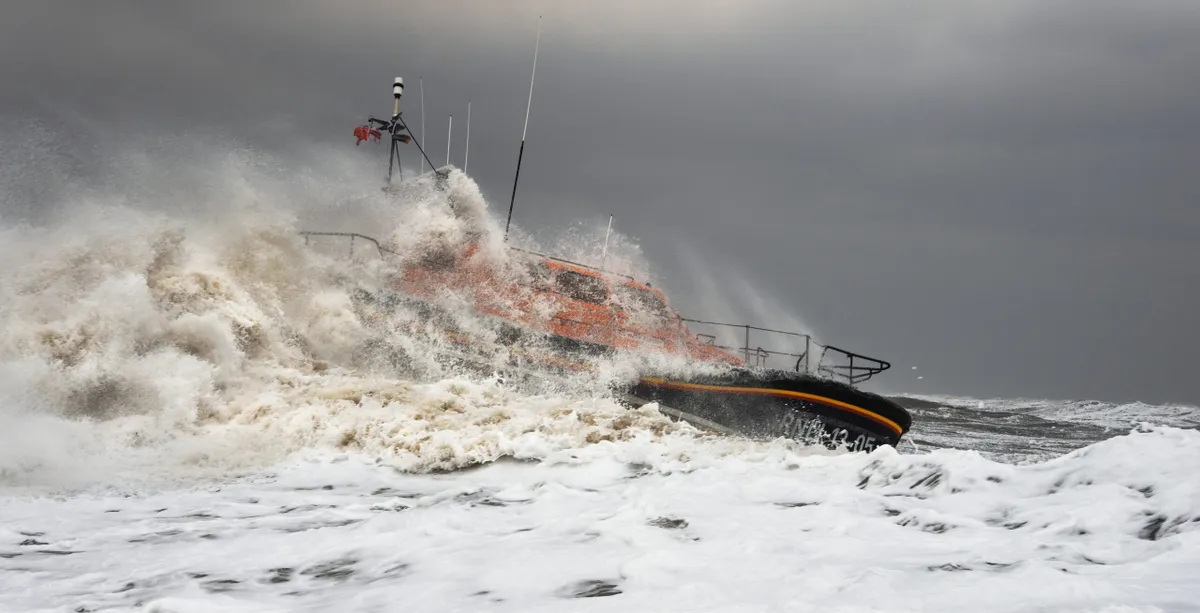
12 incredible facts about the RNLI
Origins of the RNLI
Sir William Hillary’s vision for a service dedicated to saving lives at sea became a reality in Bishopsgate’s City of London Tavern on 4 March 1824.
Living on the Isle of Man, Hillary witnessed dozens of shipwrecks and helped save many lives. At that time, there was an average of 1,800 shipwrecks a year around our coasts. Rescue services existed in some places, but the danger of shipwreck was an accepted way of life at sea. Hillary wanted to take action.
In February 1823, he appealed for the formation of a National Institution for the Preservation of Life from Shipwreck. He contacted the Navy, ministers and prominent citizens but did not have the desired result. He then approached philanthropic members of society – and this time, with success. Over 30 gentlemen put their names to the fledgling charity at the inaugural public meeting in the City of London Tavern on 4 March 1824.
These resolutions passed at that meeting still stand as part of the RNLI’s charter almost 200 years later.
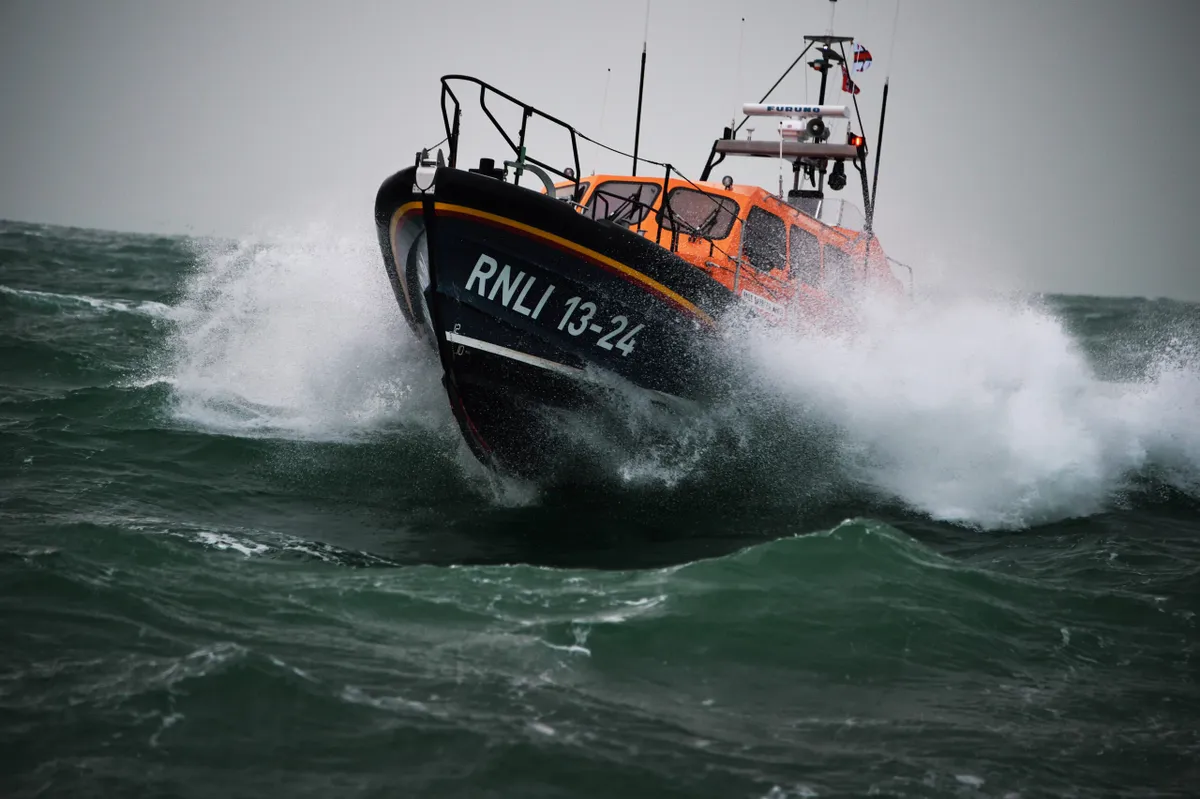
The cork lifejacket
The sole survivor of the Whitby lifeboat disaster in 1861 was the only one wearing a new cork lifejacket.
On 9 February 1861, a storm wrecked more than 200 ships on the east coast. Whitby lifeboat crew launched five times to rescue stricken vessels, but on their sixth launch, tragedy struck. A freak wave capsized the lifeboat. All but one of the crew were lost. The sole survivor was Henry Freeman, who survived because he was wearing a new design of cork lifejacket. After this event, the cork lifejacket became more widely adopted by lifeboat crews.
Henry was awarded an RNLI Silver Medal for the courage he displayed that day, and later became the Whitby Coxswain for more than 20 years, helping to save over 300 lives in that time.

Lifeboat Saturday
The first recorded street fundraising collection was held in aid of the RNLI in Manchester in 1891.
On 9 December 1886, 27 lifeboat crew members from Southport and St Annes lost their lives while trying to rescue the crew of the Mexico. A public appeal was launched, driven local man Charles Macara. An 1891 appeal raised £10,000 in two weeks. On 1 October, Charles and his wife Marion organised the first Lifeboat Saturday. Bands, floats and lifeboats paraded through the streets of Manchester, followed by volunteers collecting money. More than £5,000 was taken on the day, which was the first recorded example of a charity street collection.
Marion Macara formed a Ladies’ Guild to help organise the street collection and, within 10 years, more than 50 Ladies’ Guilds had sprung up around Britain and Ireland.
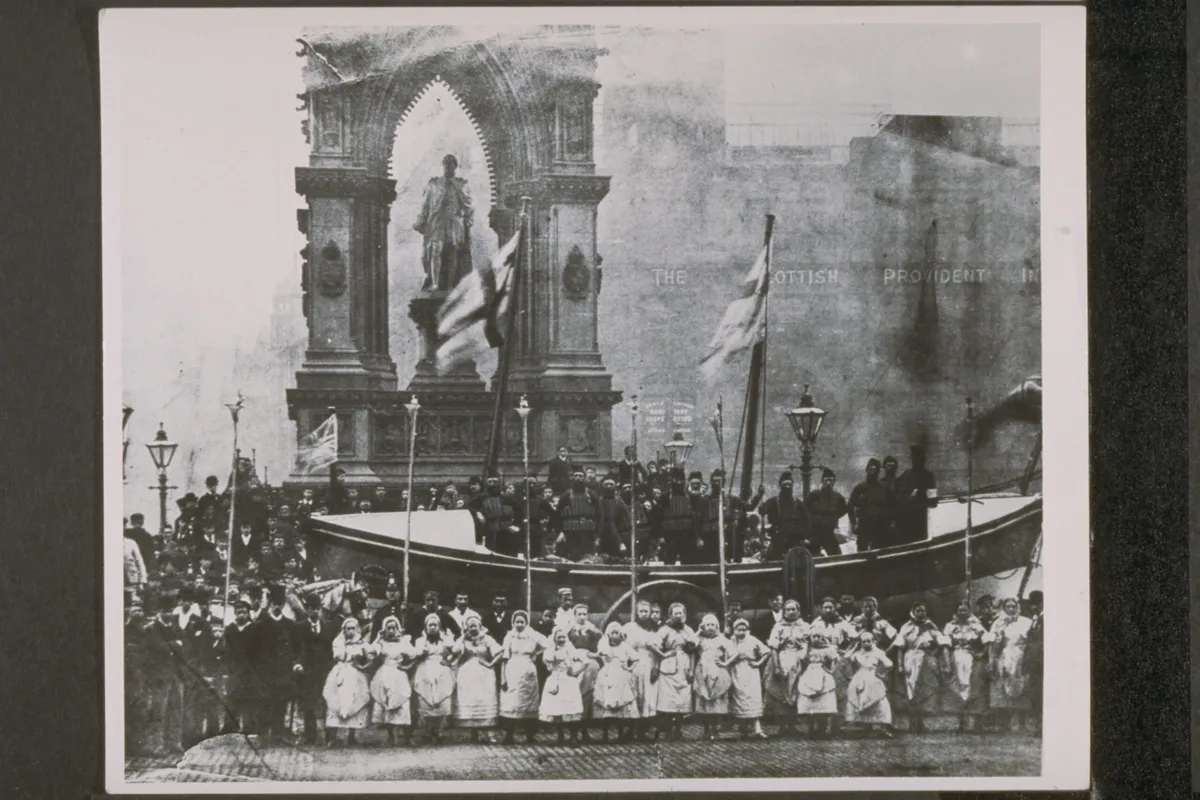
The Suevic rescue
The Suevic rescue in 1907 holds the record for the largest number of people saved in a single operation in RNLI history.
The Suevic left Australia on 2 February 1907, bound for Liverpool. She carried over 400 passengers and crew, as well as 12,000 tons of cargo. On 17 March, the ship approached Cornwall’s hazardous Lizard coastline in a violent gale with rough seas and a dense fog and ran aground against a reef.
Sixty volunteer crew members from Cadgwith, Coverack, The Lizard and Porthleven rowed back and forth for 16 hours to rescue those aboard.
Their courage saved 456 lives, including 70 babies, and not a single life was lost. Six of the rescuers, including two Suevic crew members, were awarded Silver Medals by the RNLI.
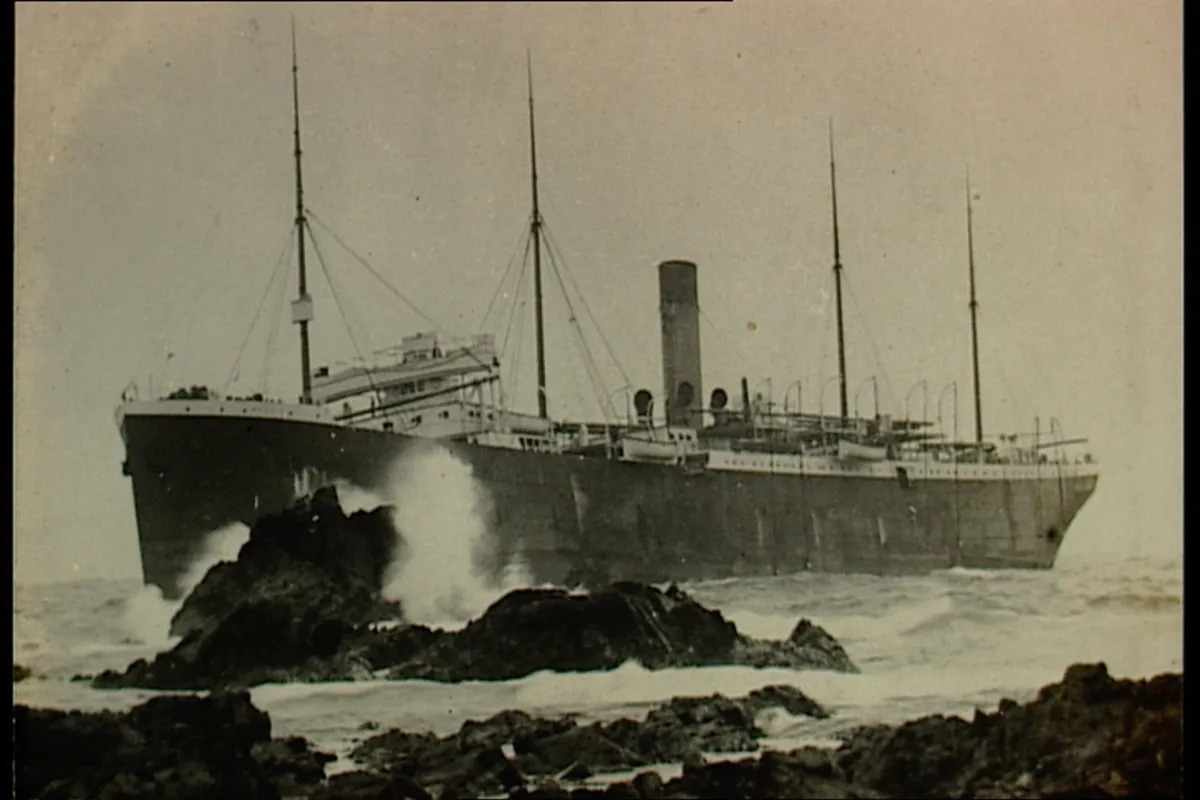
The Rohilla wreck
Titanic survivor Mary Roberts was rescued by the RNLI in 1914, from the wrecked hospital ship Rohilla.
On 30 October 1914, over 140 people (including Mary Roberts, who had survived the sinking of the Titanic in 1912) were saved when the hospital steamship Rohilla was wrecked. The ship had been en route to Dunkirk to help wounded soldiers but was broken up when it ran aground on rocks near Whitby.
Five lifeboats, including from Upgang, Teesmouth, Scarborough and two from Whitby, battled terrible seas to reach the ship.
A motor lifeboat (the first of its kind) from Tynemouth, took the last 50 people on board. In total, 144 people were saved by the crews, who worked for over 50 hours in atrocious conditions.
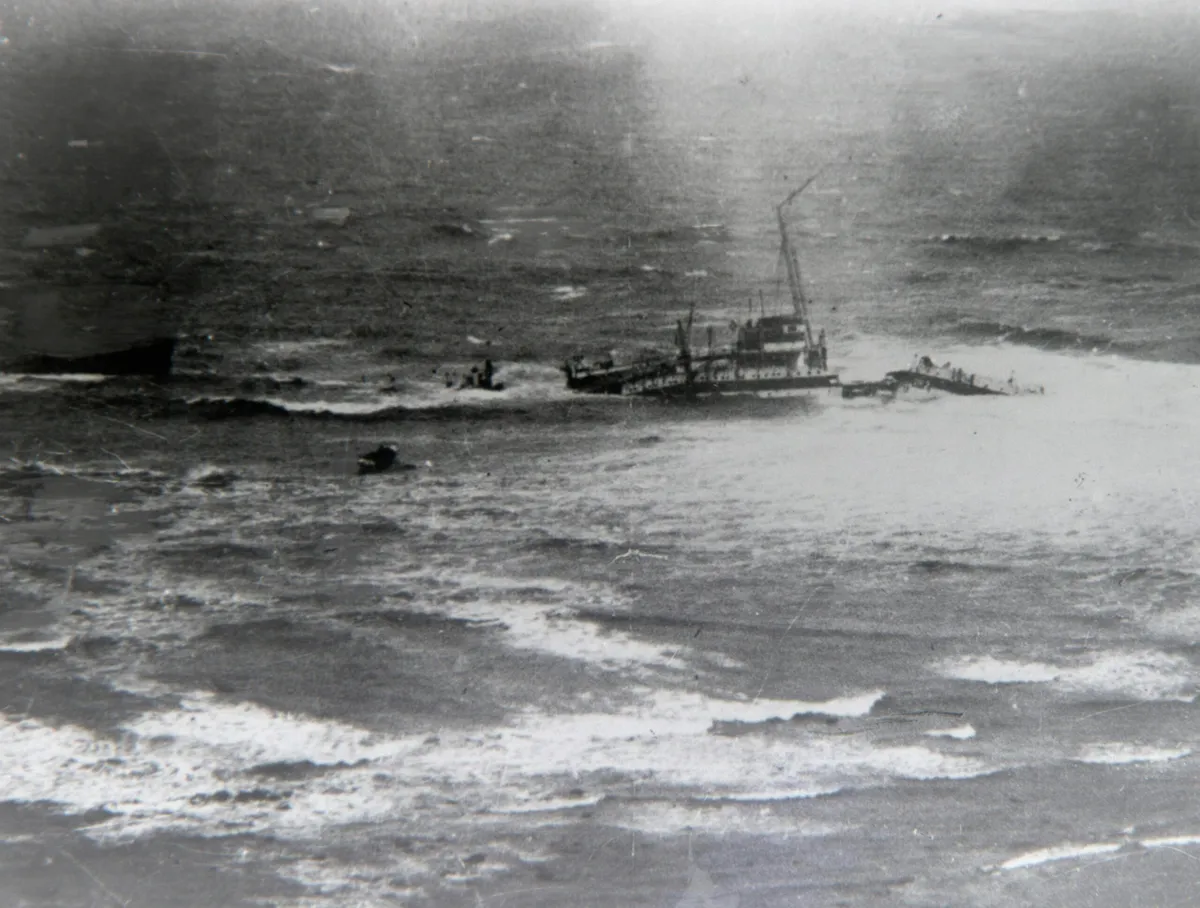
The RNLI's first female crew member
Elizabeth Hostvedt, an 18-year-old Norwegian student, became the first female crew member.
Elizabeth was a student at Atlantic College, an international boarding school in Llantwit Major. The college’s staff and students manned the RNLI lifeboat station within its grounds.
Her request to join the crew was met with some resistance, as there were doubts over whether a woman would have the strength to pull heavy bodies from the water, and the stamina required to crew the lifeboat in strong gales.
A special case was made for Elizabeth; on the condition that she pass the full medical test required for membership and satisfy she had the ‘physique to stand up to an arduous service’. Elizabeth met these requirements and, in 1969, became the first trained female crew member at the RNLI.
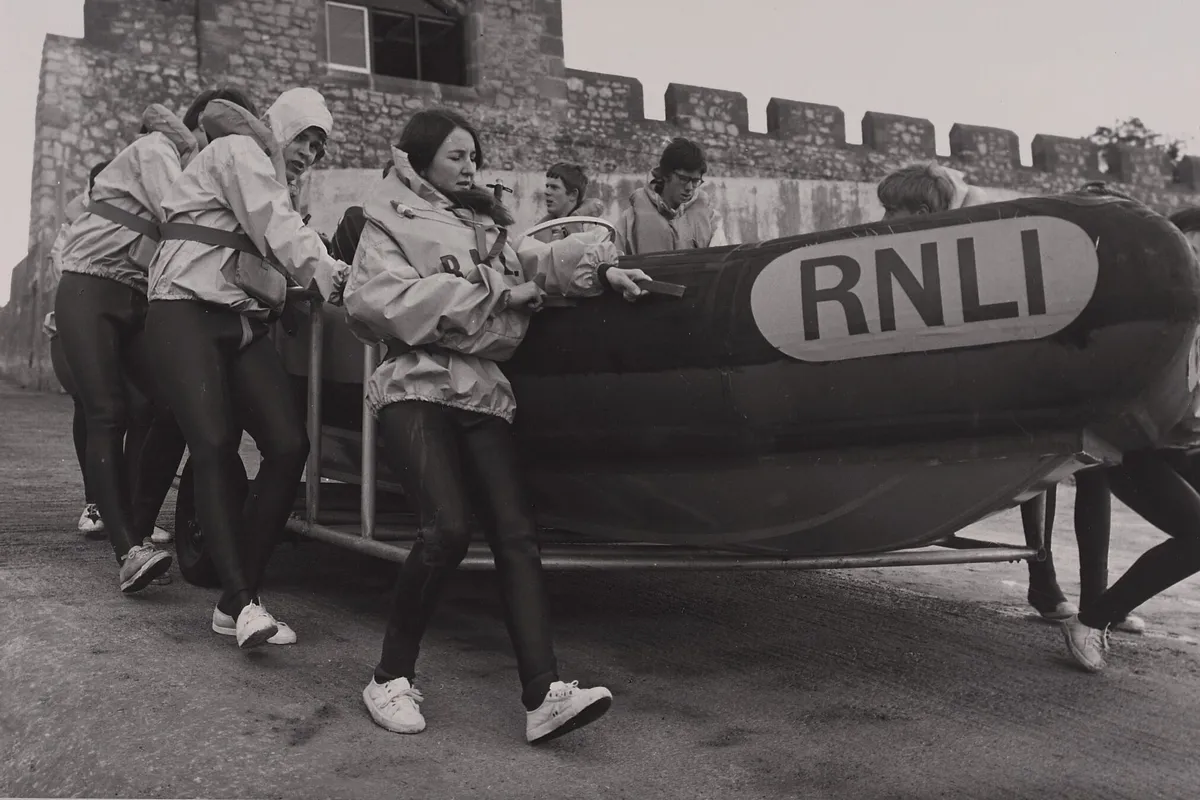
RNLI Medals for Gallantry
The RNLI rewards rescues of special merit with Medals for Gallantry in Bronze, Silver or Gold.
The most recent Gold Medal awarded by the RNLI went to coxswain/mechanic Peter Hewitt Clark of Lerwick for his part in the rescue of the crew of the Green Lily in 1997.
Aileen Jones from Porthcawl became the first female crew member to be awarded a Medal (Bronze) in 2005 for rescuing the crew of the fishing vessel Gower Pride.
Brian Bevan became the first crew member to be awarded the Bronze, Silver and Gold Medals for Gallantry in the same year, in 1979.
Rod MacDonald was the first RNLI lifeguard medallist, being awarded the Bronze Medal in 2003 for helping to save the life of a bodyboarder in Newquay.
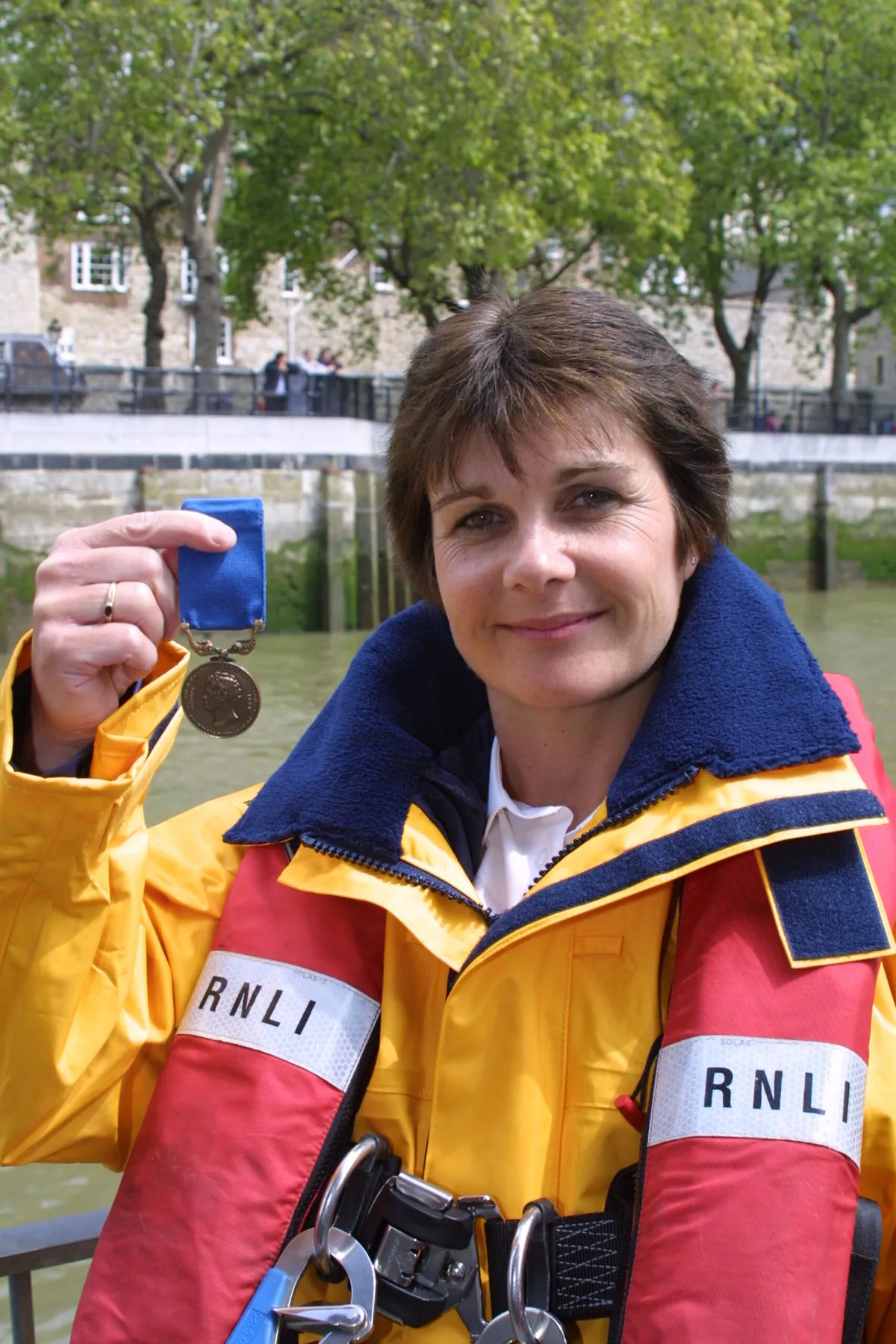
The busiest RNLI station is in London
The RNLI’s busiest station is not on the coast – it’s in central London.
In 2002, the RNLI started operating lifeboats from four stations on the River Thames – Chiswick, Gravesend, Teddington and Tower. All except Teddington are crewed 24 hours a day, 7 days a week, by full-time helms and volunteers. Tower lifeboat station is the RNLI’s busiest station.
The introduction of a lifeboat service on the River Thames came as a result of the inquiry into the Marchioness disaster of 1989, when party boat Marchioness collided with dredger Bowbelle and sank, resulting in 51 lives lost.
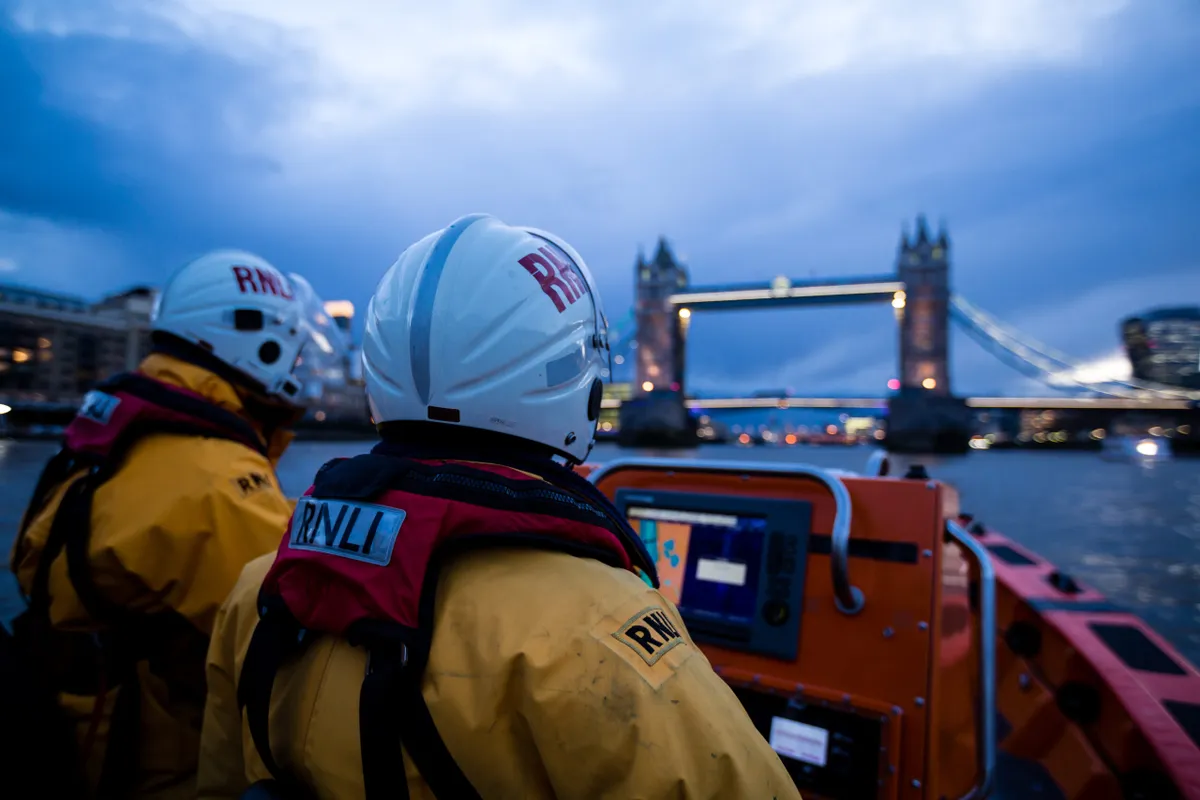
Curious RNLI finds
Gold teeth and two vintage Ferraris are among the unusual gifts left to the RNLI in Wills.
6 in 10 lifeboat launches are made possible thanks to supporters leaving a gift to the RNLI in their Will. In 2022, 64% of the charity’s income was from legacies. While the gifts are often monetary, some of the more unusual items which have been gifted to the charity include some gold teeth, a pig farm, a 100-year-old bottle of Cognac and two vintage Ferraris.
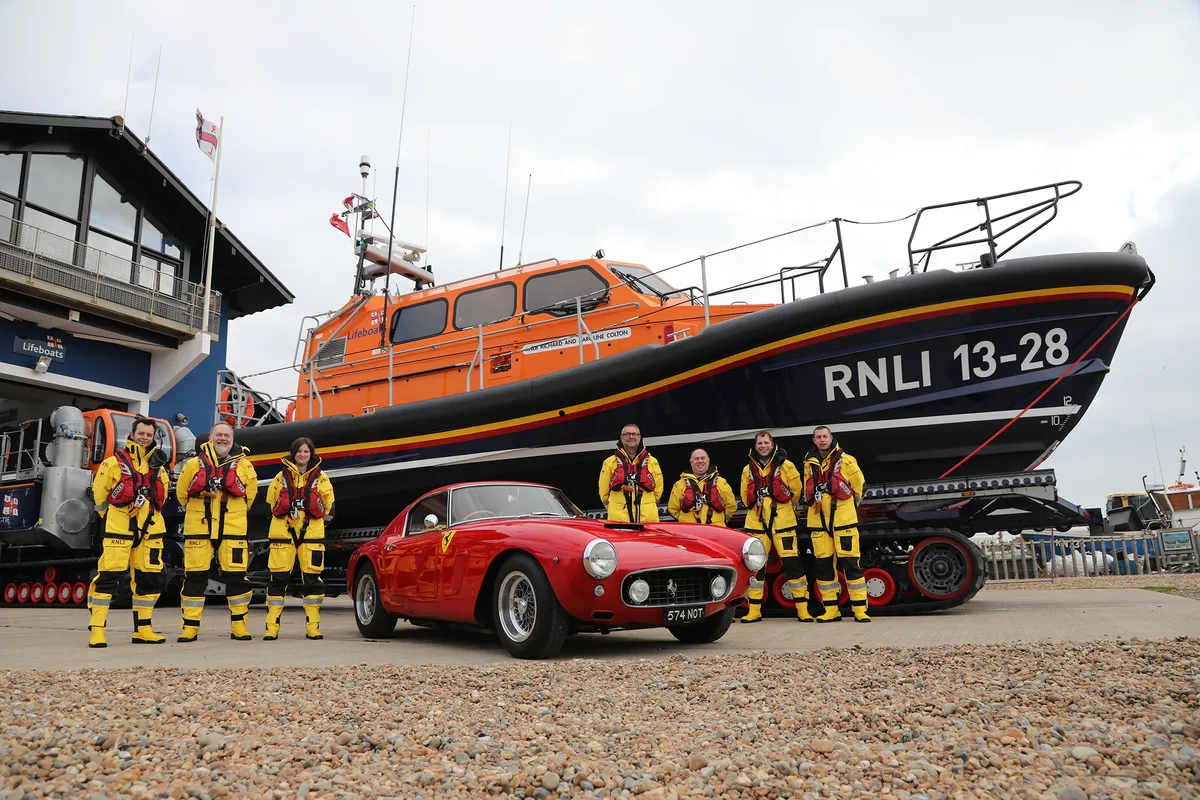
Valiant volunteers
Only 1 in 10 RNLI lifeboat crew volunteers has a professional maritime occupation.
97% of the RNLI’s frontline lifesavers are volunteers – they have all kinds of backgrounds and jobs. They carry pagers which alert them when they are needed to respond to an emergency at sea. As only 10% of lifeboat crew volunteers have a professional maritime occupation, training is essential. The RNLI College in Poole, Dorset, was opened in 2004 and is the home of RNLI training, where crews learn skills including boathandling, navigation, first aid and sea survival.

Boat builders
The RNLI manufactures its own all-weather lifeboats
The opening of the RNLI’s All-weather Lifeboat Centre in 2015 brought the construction, repair and maintenance of the charity’s all-weather lifeboats under one roof for the first time in its history.
The facility has two vast boathalls containing flexible bays, a covered courtyard area and a total workshop floor space of 5,000m². As well as building the latest class of all-weather lifeboat – the Shannon class – it is also used to repair and maintain the RNLI’s entire all-weather lifeboat fleet.
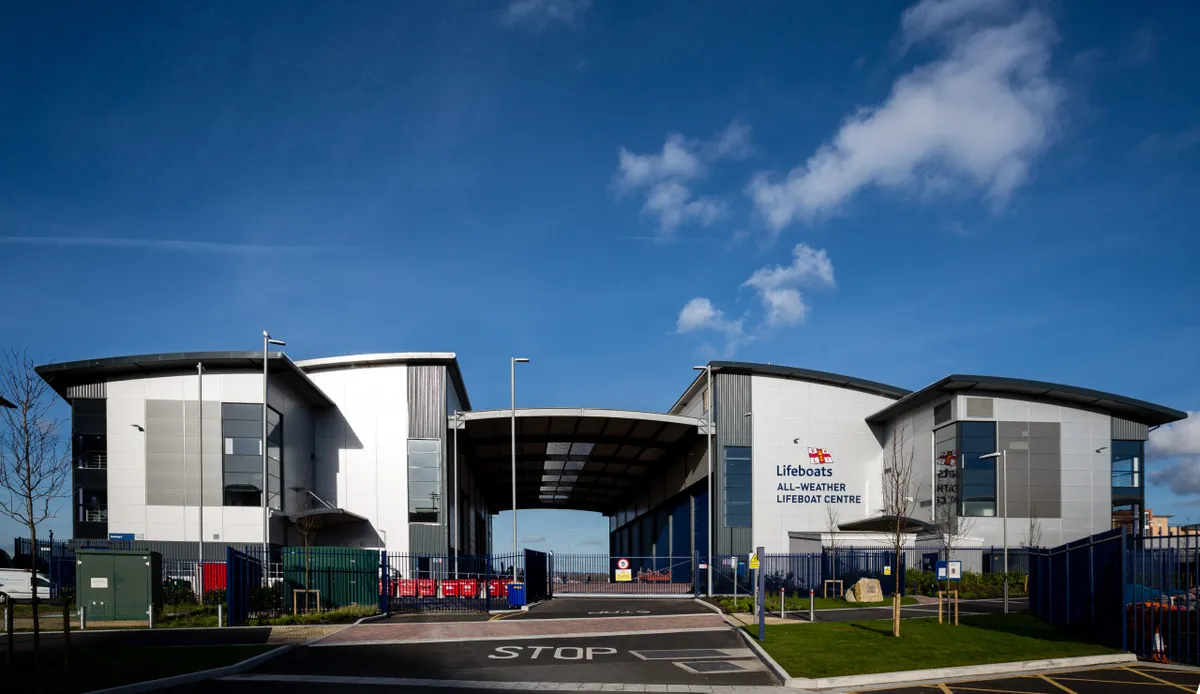
Worldwide trainers
Every other minute, someone in the world drowns. The RNLI’s international work aims to tackle this problem.
Drowning claims an estimated 235,000 lives worldwide every year, many of them children. The RNLI is working with global leaders, public health organisations and at-risk communities to help make drowning prevention a priority worldwide and reduce this staggering loss of life.
The RNLI works with overseas partners to deliver a range of lifesaving interventions including: swim-survival and water safety programmes; lifeguard training; maritime search and rescue training; conducting research, and helping develop sustainable lifesaving equipment to help in countries where drowning is a major risk.
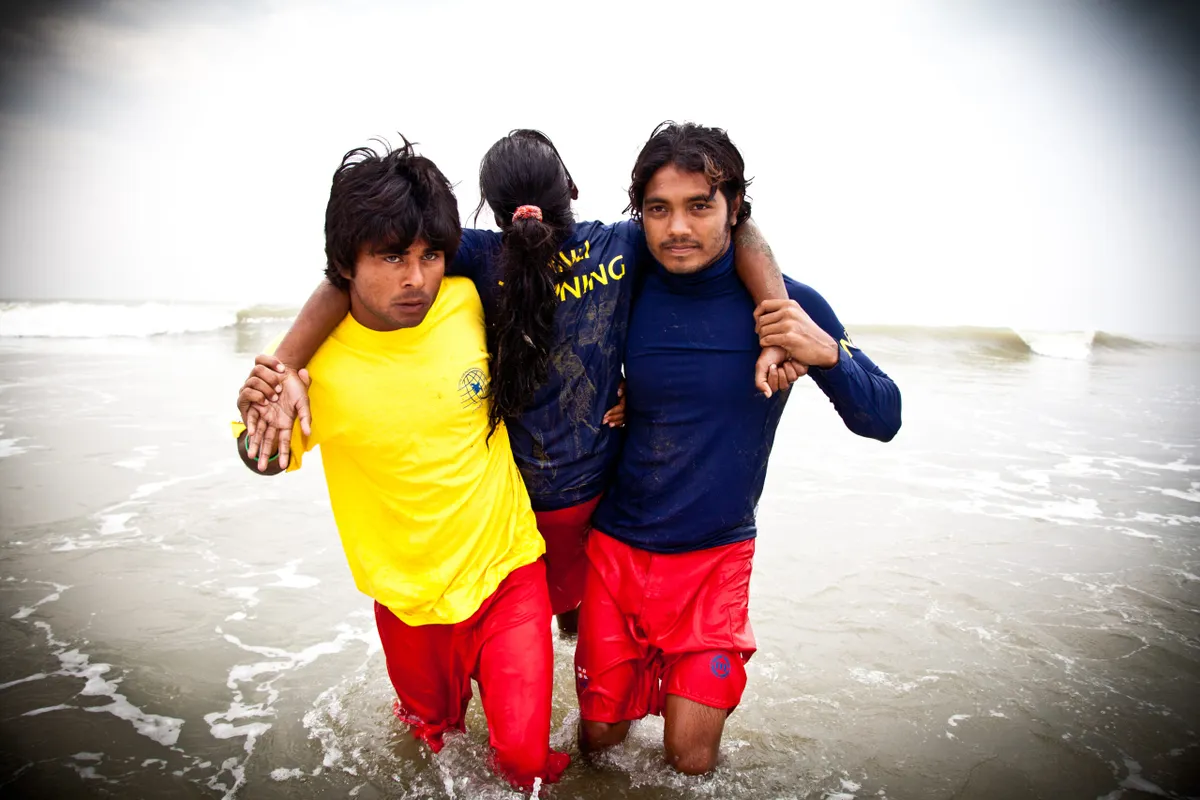
Throughout 2024, the charity will be running events and activities to remember its 200-year history, celebrate the lifesaving service it is today, and inspire future lifesavers and supporters.
To find out more about the RNLI in the charity’s 200th year, visit RNLI.org/200
Words: Laura Haslam, RNLI | Main image: Lowestoft Shannon class lifeboat Patsy Knight 13-05 in rough seas during the stom know as the 'Beast from the East'/Credit: Nigel Millard, RNLI
